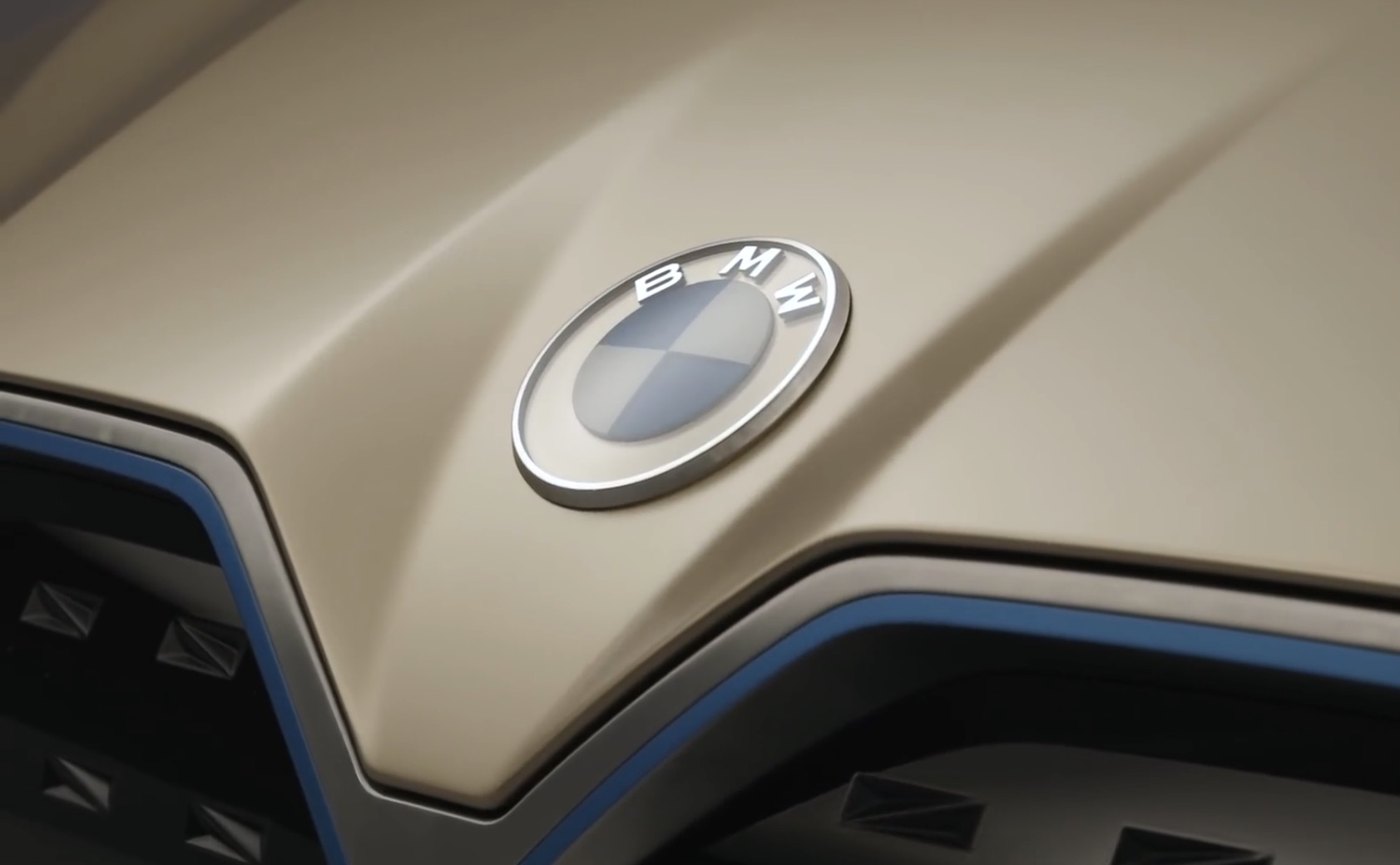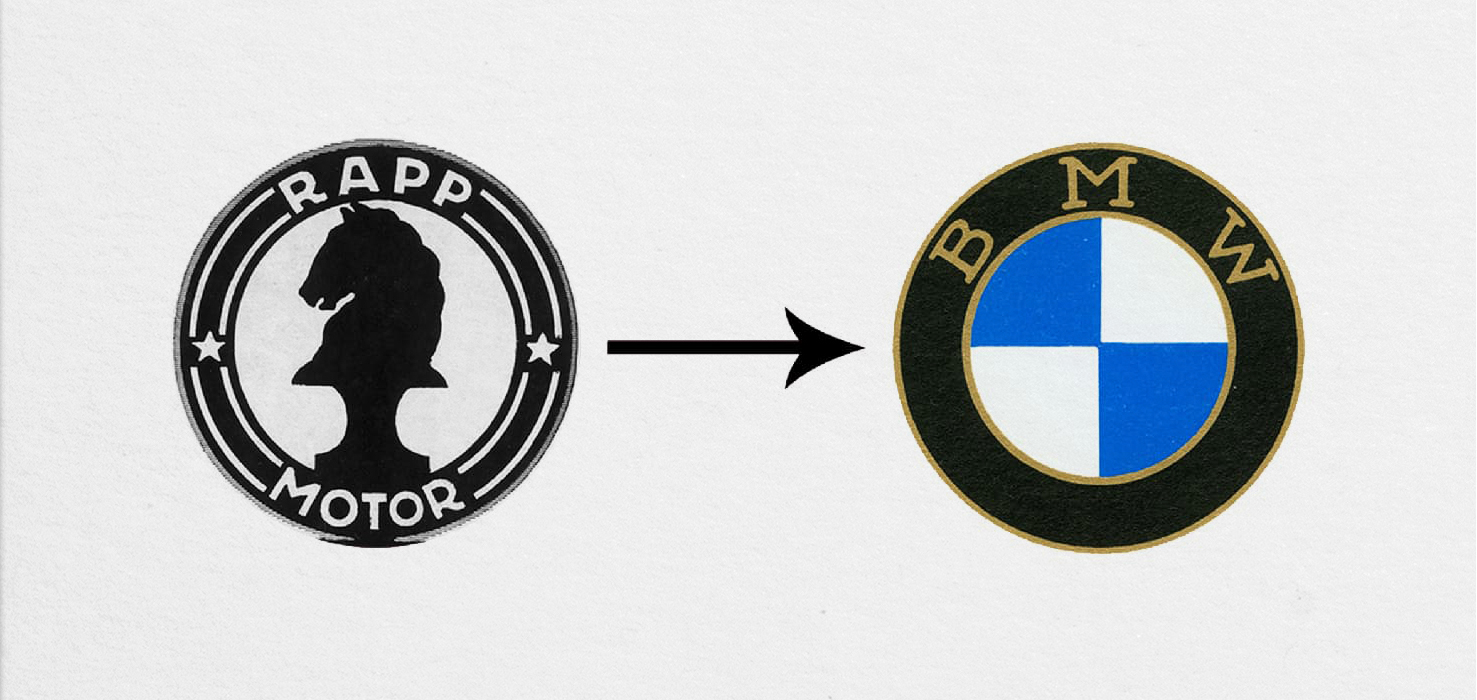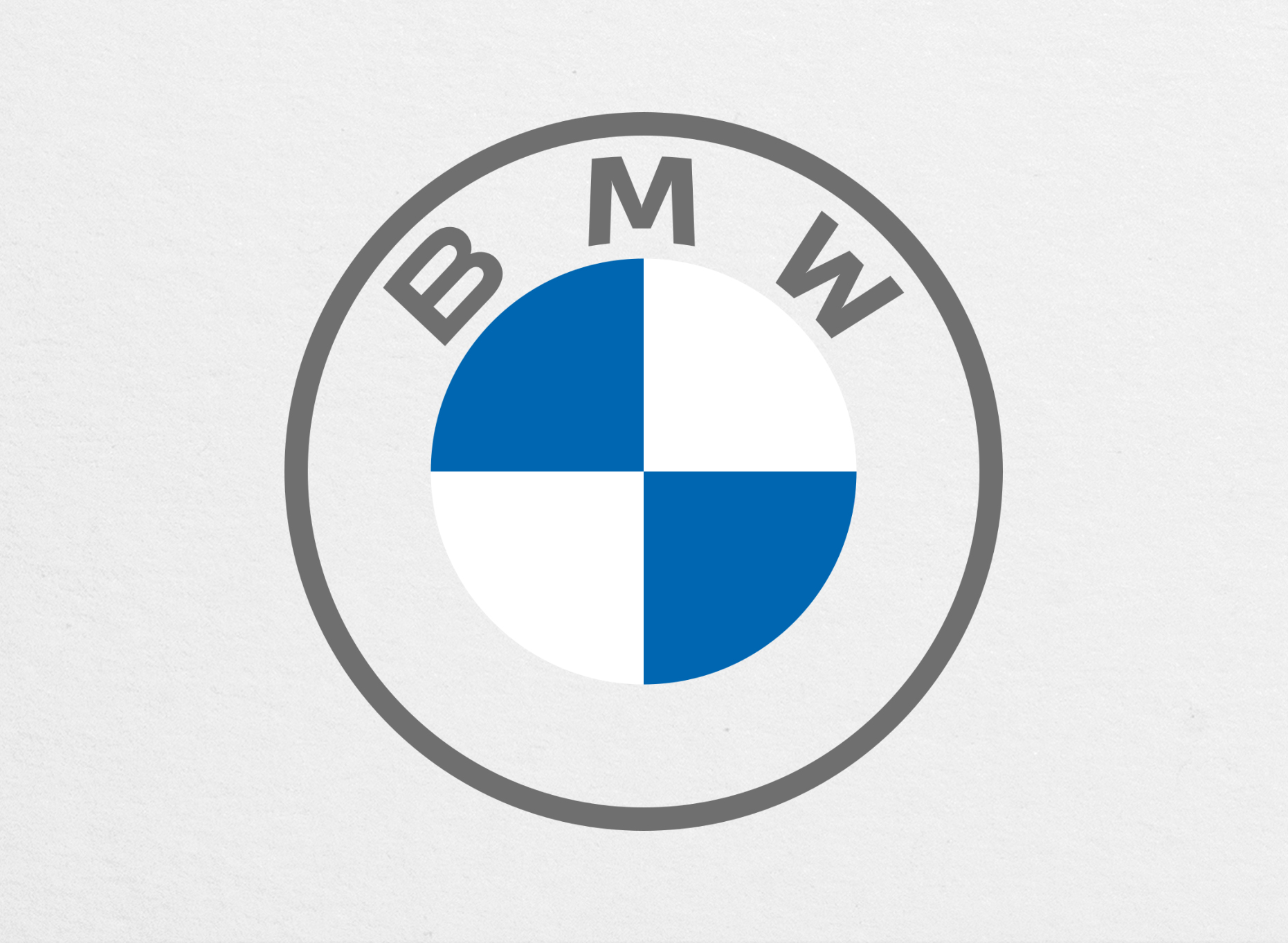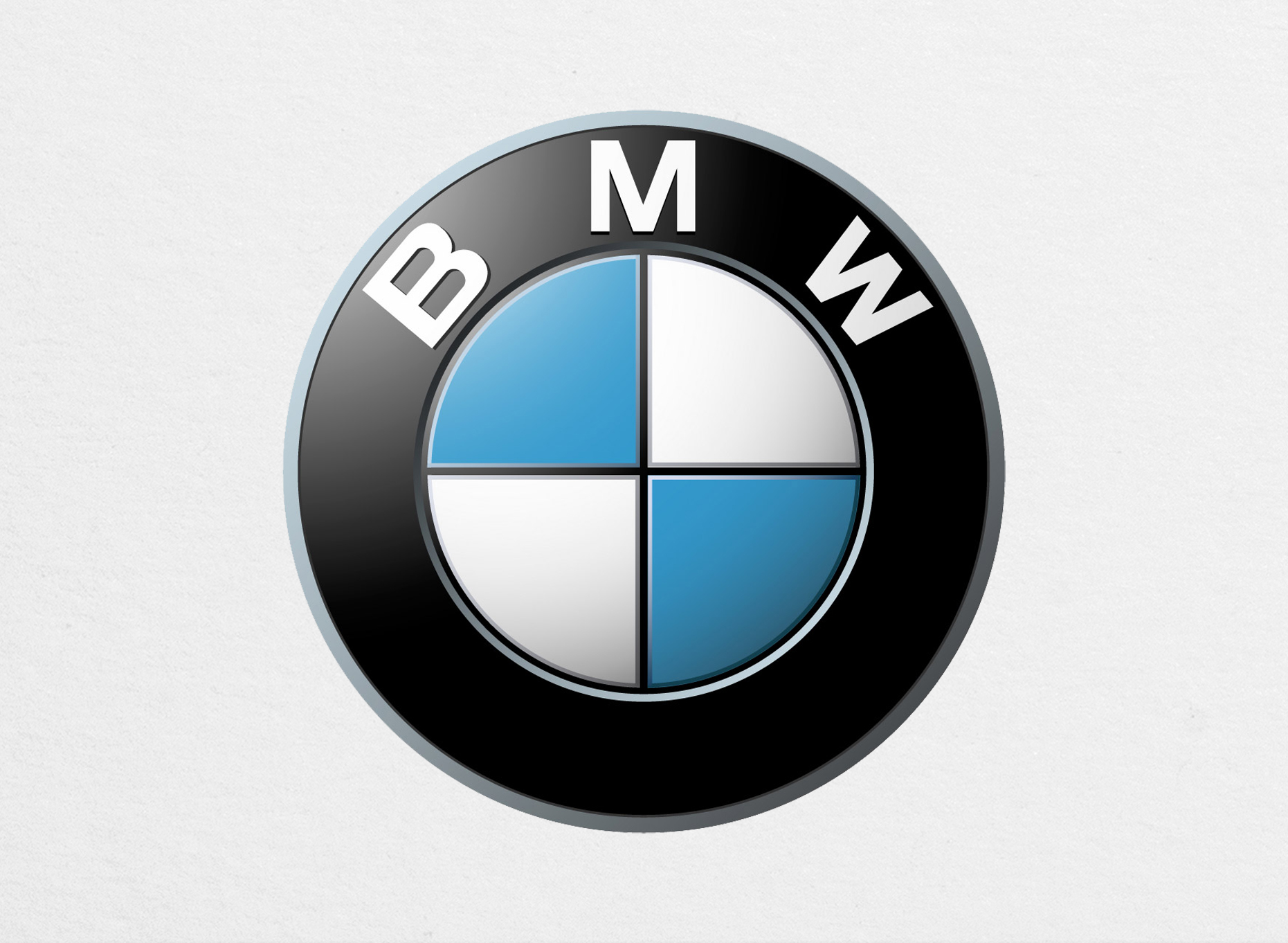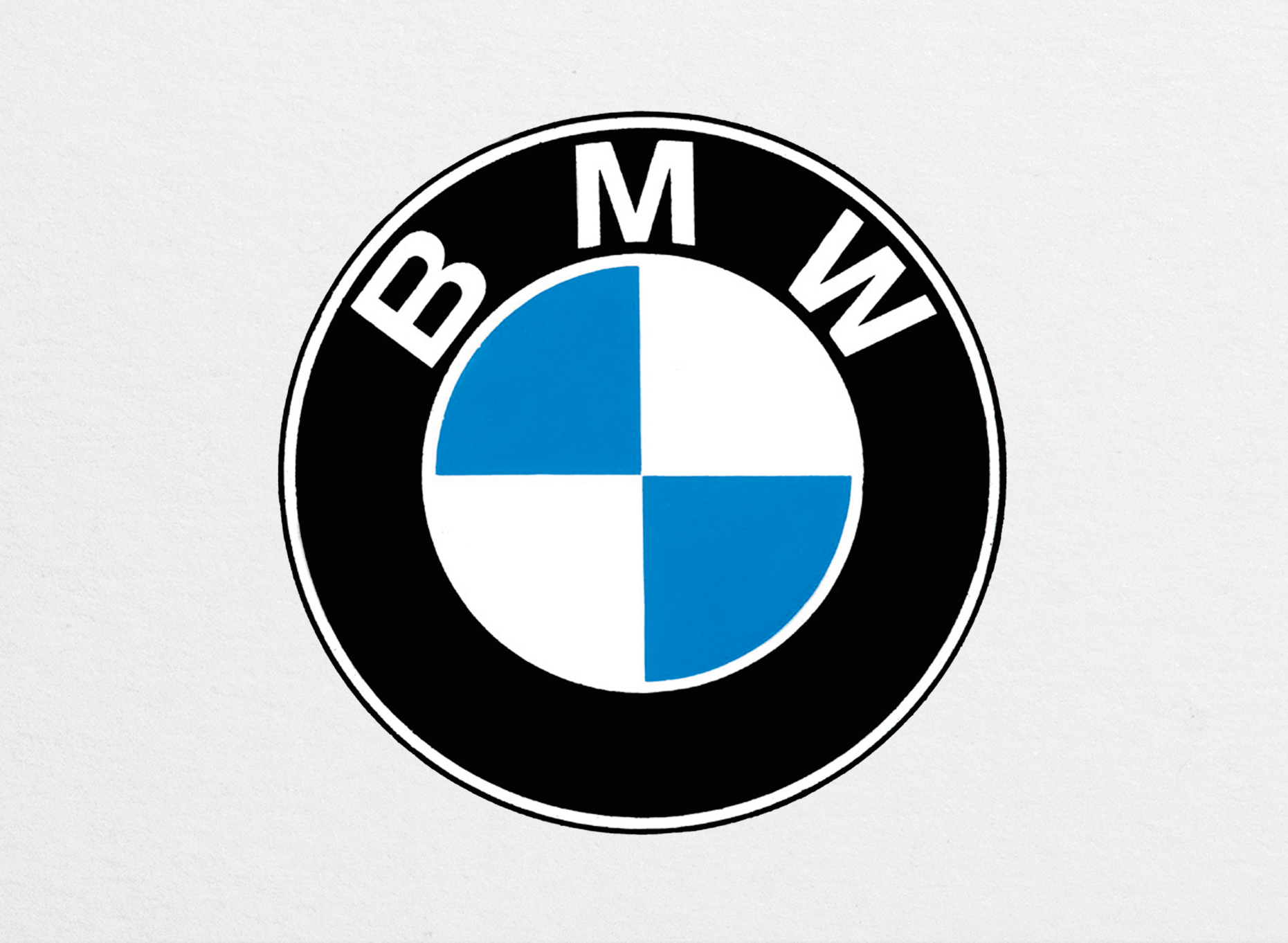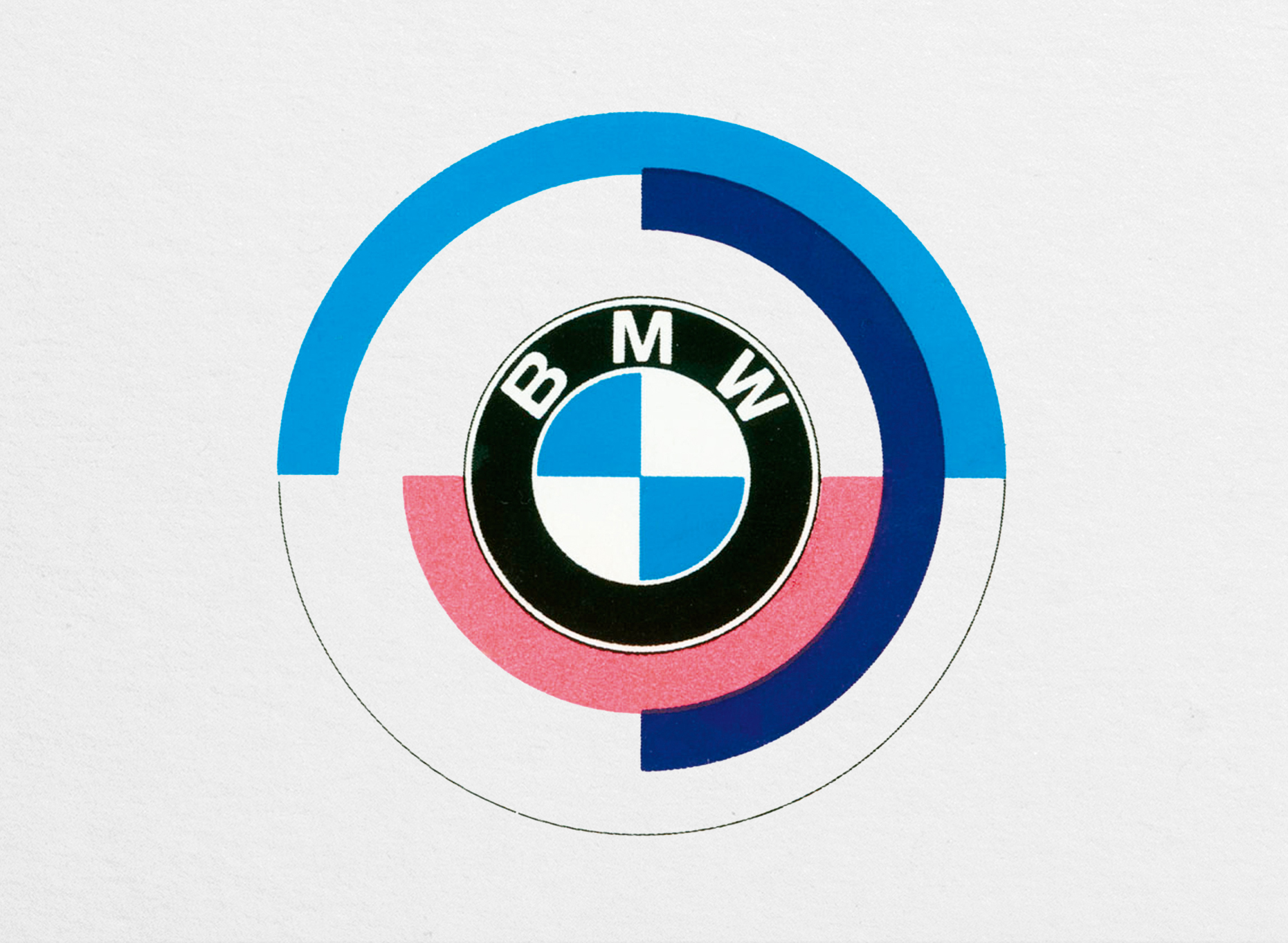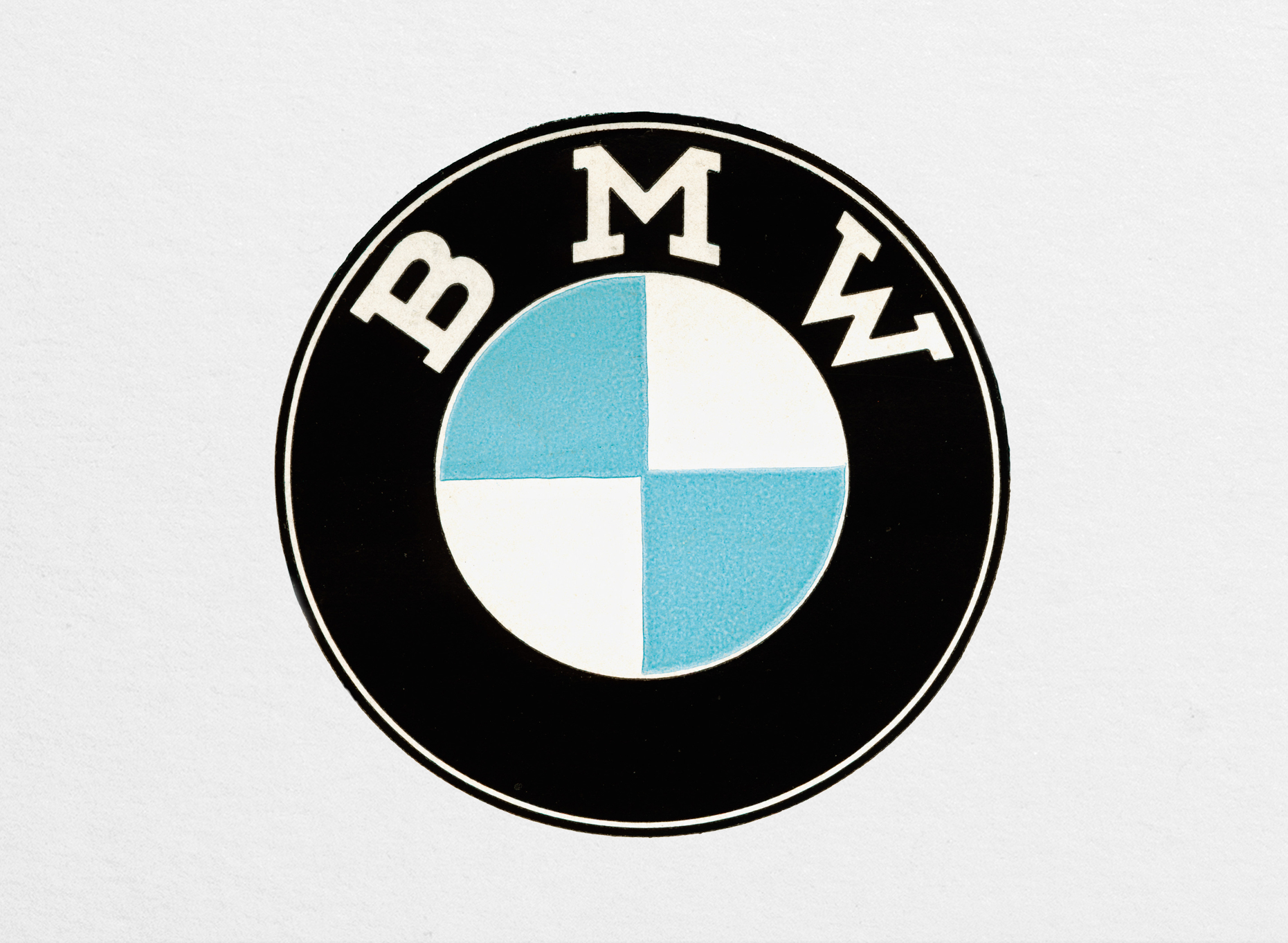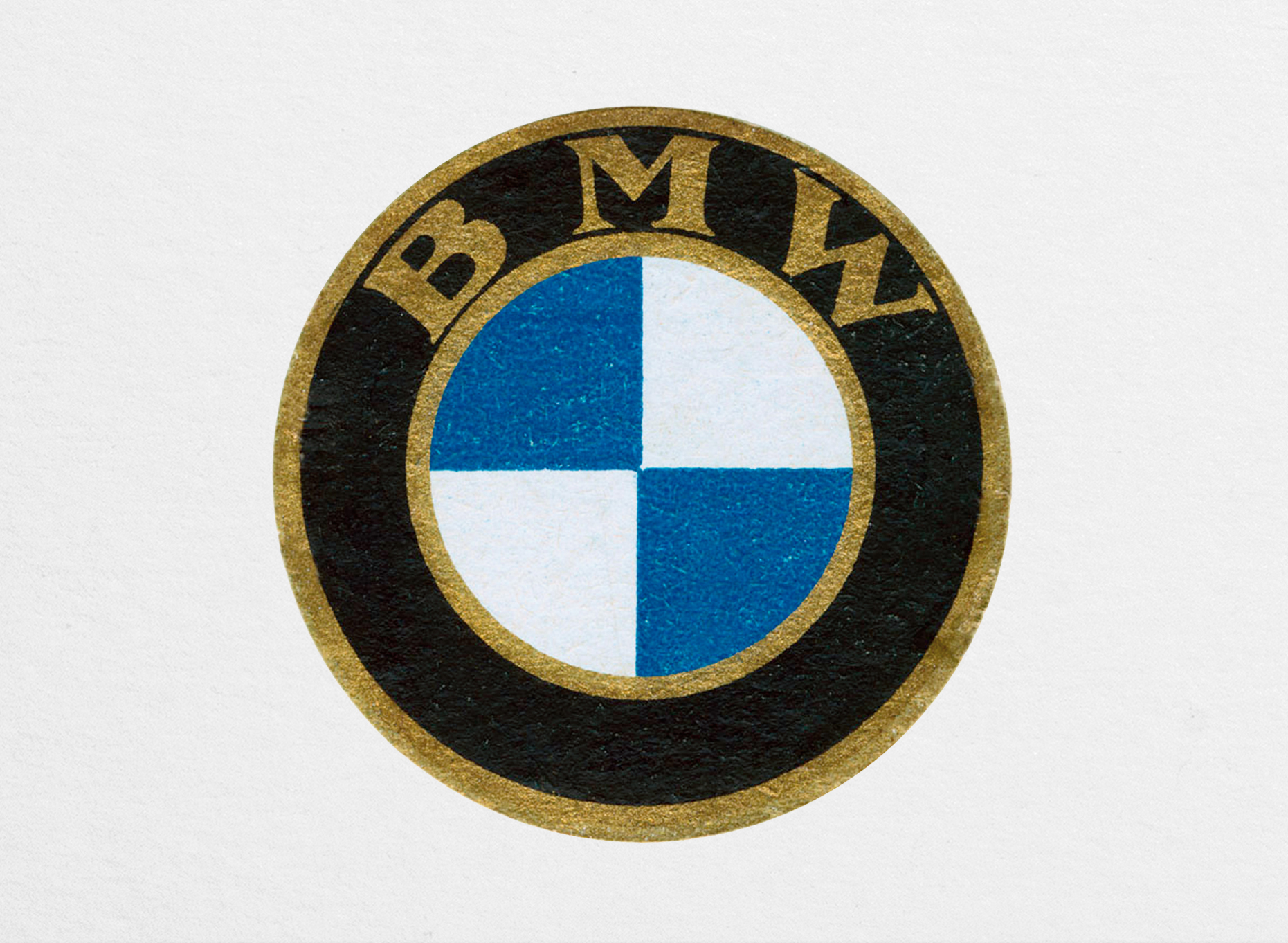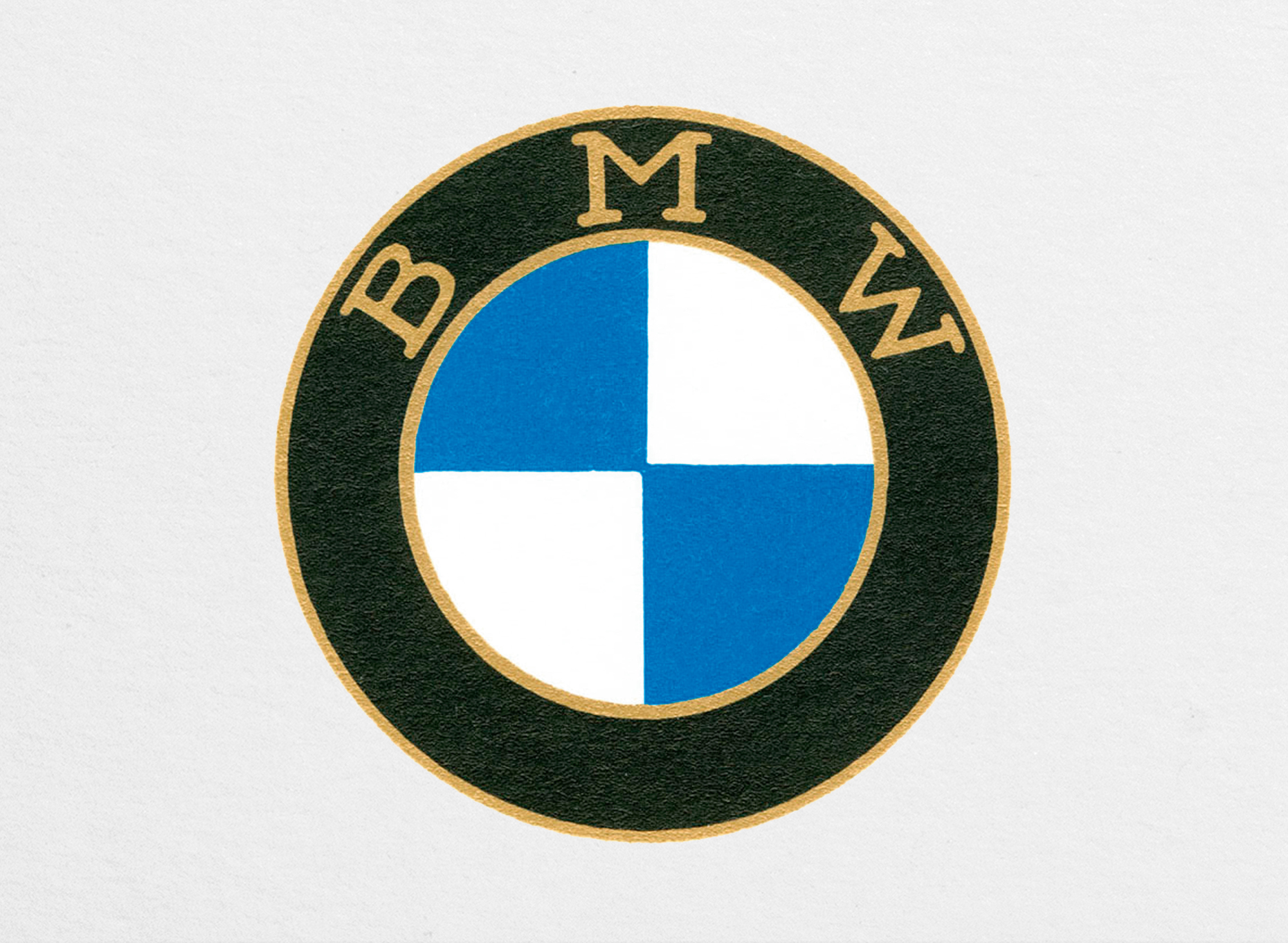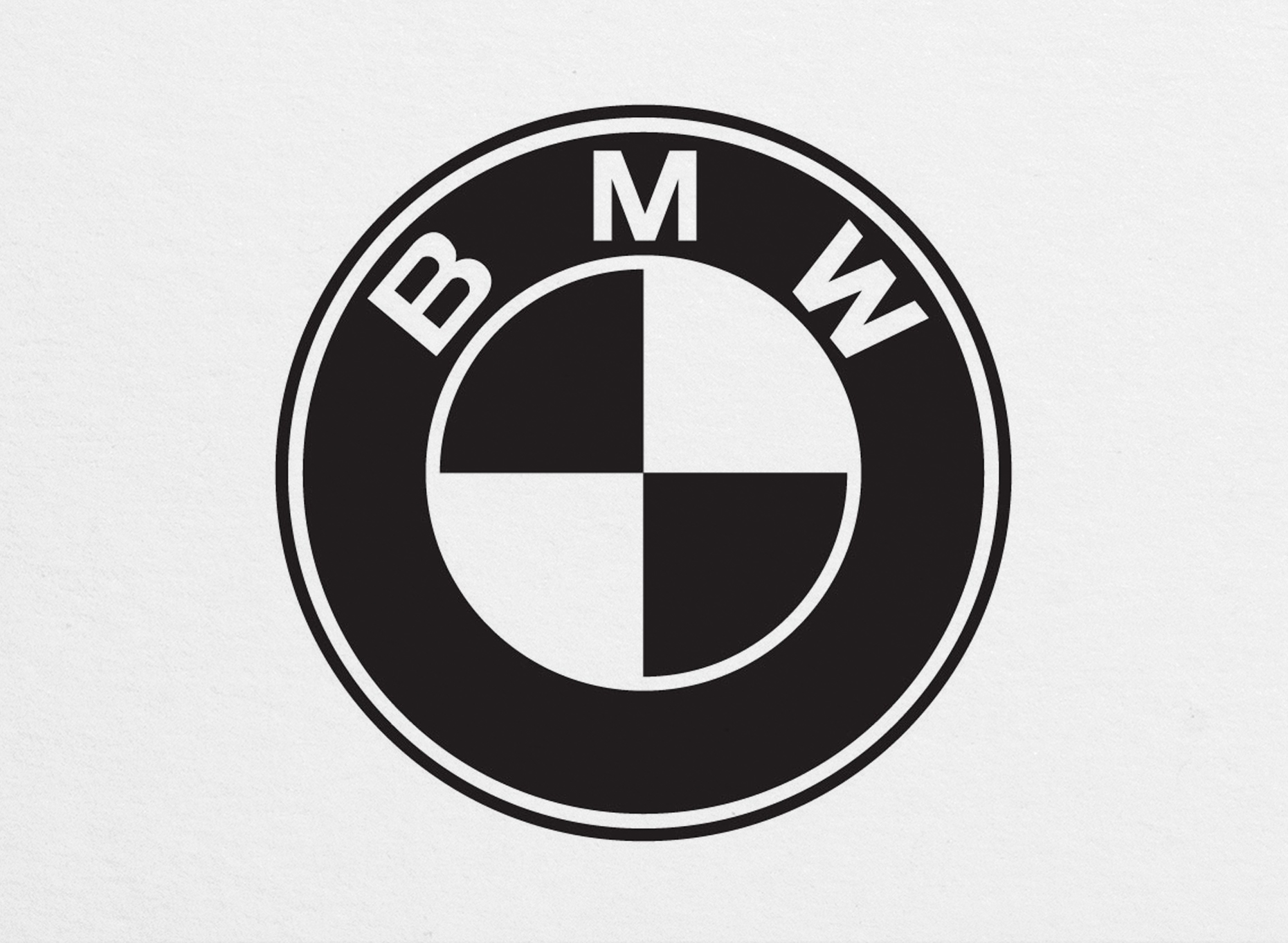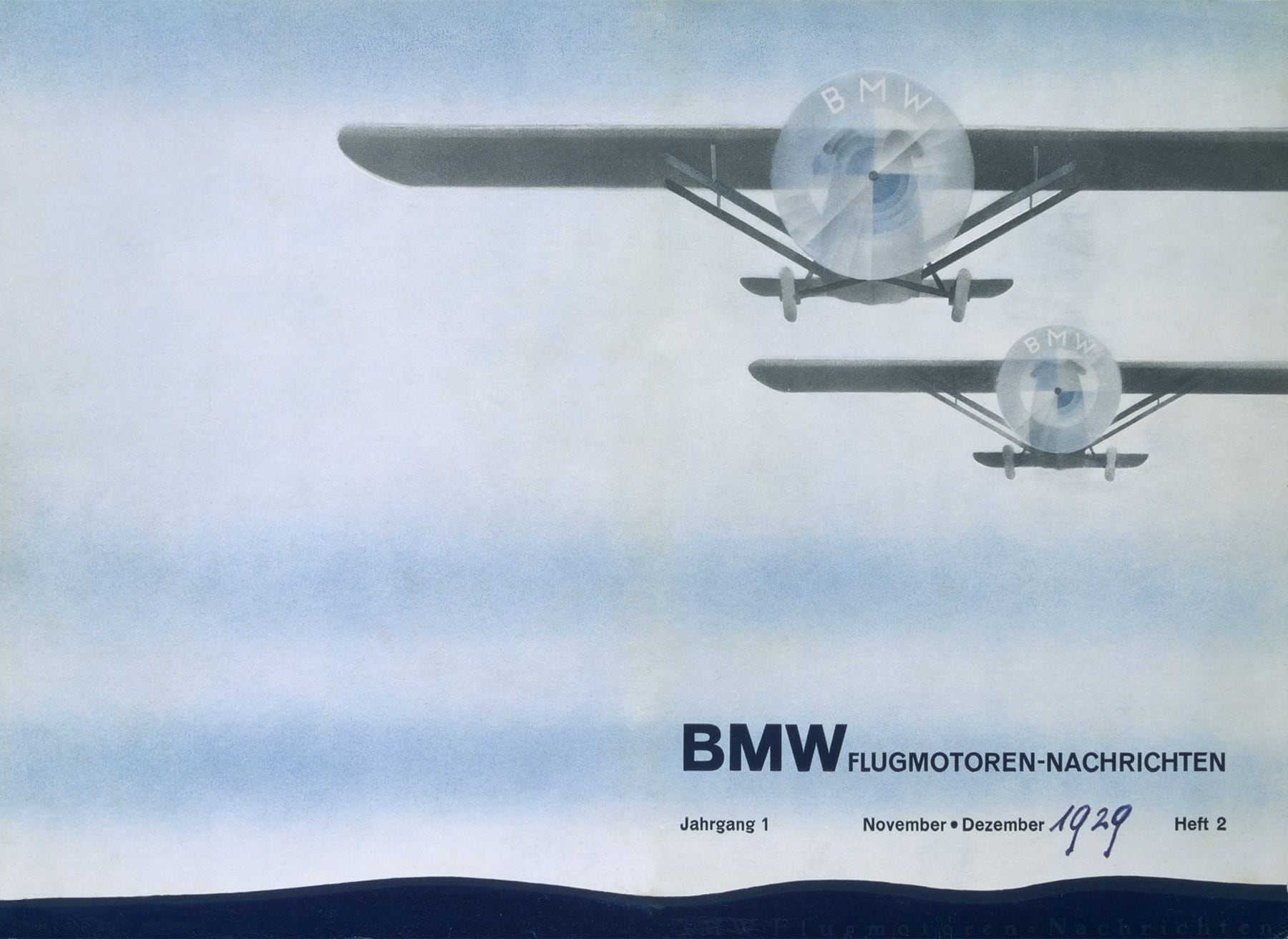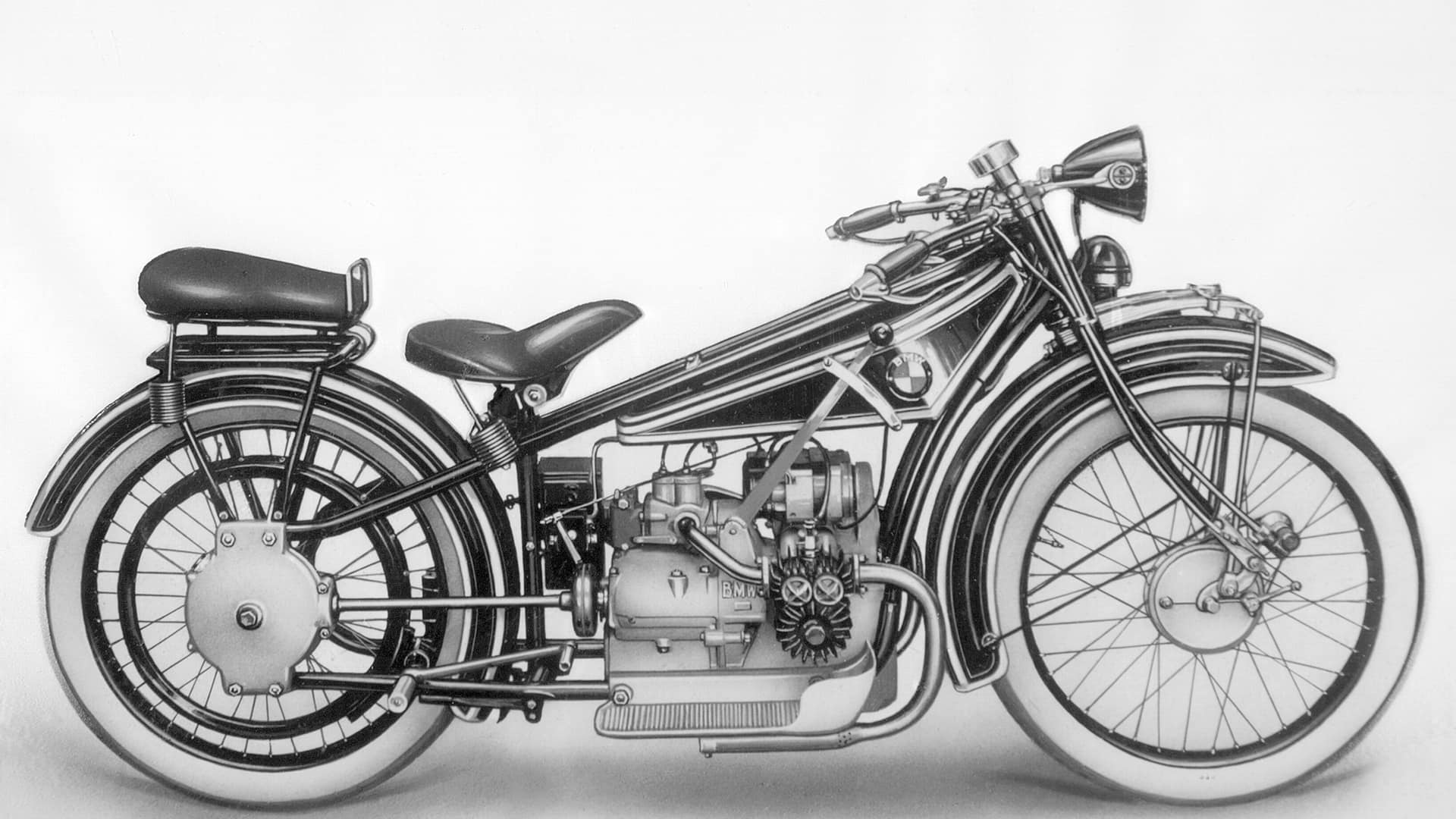For many years, it was believed that the blue and white parts of the BMW logo symbolize the sky, seen through moving propeller blades, as seen on the cover of a 1929 BMW aircraft engine magazine. But the logo first appeared in the 1918 Bayern-Flugmotor manual, and was the first time the BMW logo appeared in a printed publication. This logo came from the original Rapp Motor aircraft engine manufacturer logo, the compnay that grew into BMW as we know it today.
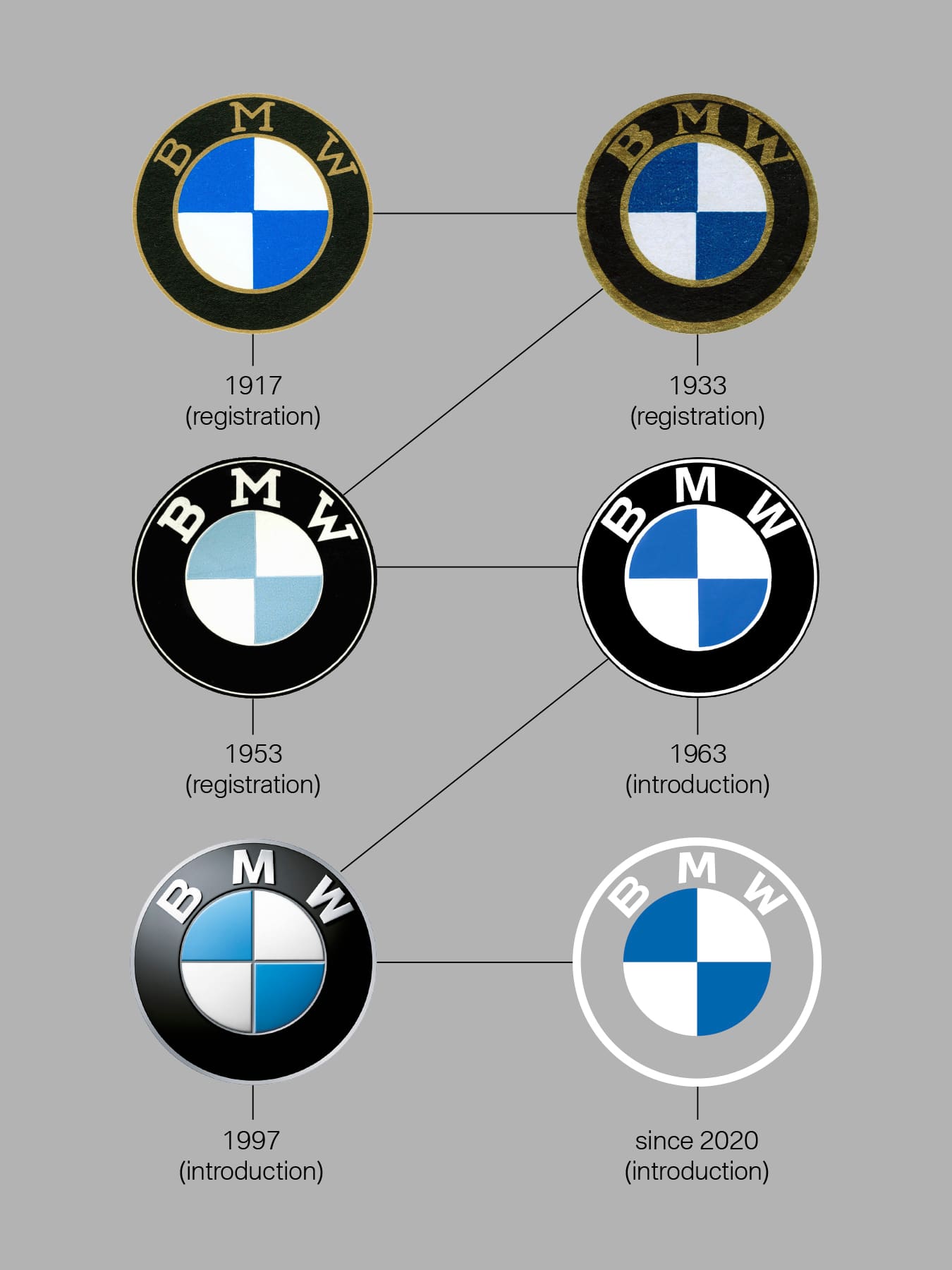
BMW (Germany) 1916 to date.
Karl Friedrich Rapp, an engineer, founded an engine company named Rapp Motoren Werke on October 28th, 1913. The first plant was in Schleissheimer Strasse 288 in Milbertshofen, Munich. Rapp worked as a subcontractor to aircraft concern Gustav Otto Flugmaschinefabrick (later called Bayerische FlugZeugwerke).
During the World War I, the two companies were negotiated by Austrian Franz Josef Popp to supply V12 aircraft engines to the Hapsburg empire. On 7 Mar 1916, Bayerische Motoren Werke GmbH was formed with the additional finance from Camillo Castiglioni. BMW AG came on 13 Aug 1918.
The History of this brand starts in 1916, when a Munich (the capital of Bavaria) factory began making aircraft engines. Afterwards it switched to the manufacture of truck and motorcycle engines. From 1923 the company organized the production of motorcycles and after 1928, automobiles. But its main specialty motors was reflected in the name: Bayerische Motoren Werke (BMW).
The abbreviation BMW stands for “Bayerische Motoren Werke” the Bayerische motor factory. The company was founded in 1916 in Munich and at first exclusively produced aircraft engines.
The image has its origins in World War I, when the Bavarian Luftwaffe flew planes painted in Bayern blue and white, affording the pilot a view through his propellor of blue and white segments. It was believed that the blue and white parts of the BMW logo symbolize the sky, seen through moving propeller blades, which first appeared in the 1918 Bayern-Flugmotor manual, and was the first time the logo appeared in a printed publication. BMW did not make any serious efforts to discourage this myth. In fact, it continued to represent the BMW emblem as a propeller, like the 1942 illustration from the company’s works magazine (below).
The truth however is that the quarters of the inner circle on the BMW badge display the state colors of the State of Bavaria – white and blue. But they are in the inverse order (at least as far as heraldic rules are concerned, where you read clockwise from the top left). The reason for this was that the local trademark law at the time forbade the use of state coats of arms or other symbols of sovereignty on commercial logos.
The first engine to bear the BMW name was the Type IIIa water-cooled six-cylinder aircraft engine. This was short lived as the WWI ended with the Versailles Treaty forbidding Germany from building military aircrafts.
In 1923 the company released its first motorcycle, the R32, for the first time, with the BMW logo, but it started making cars in 1932.
The 1929 Dixi became the first vehicle to carry the famous BMW logo. (source: BMW)
